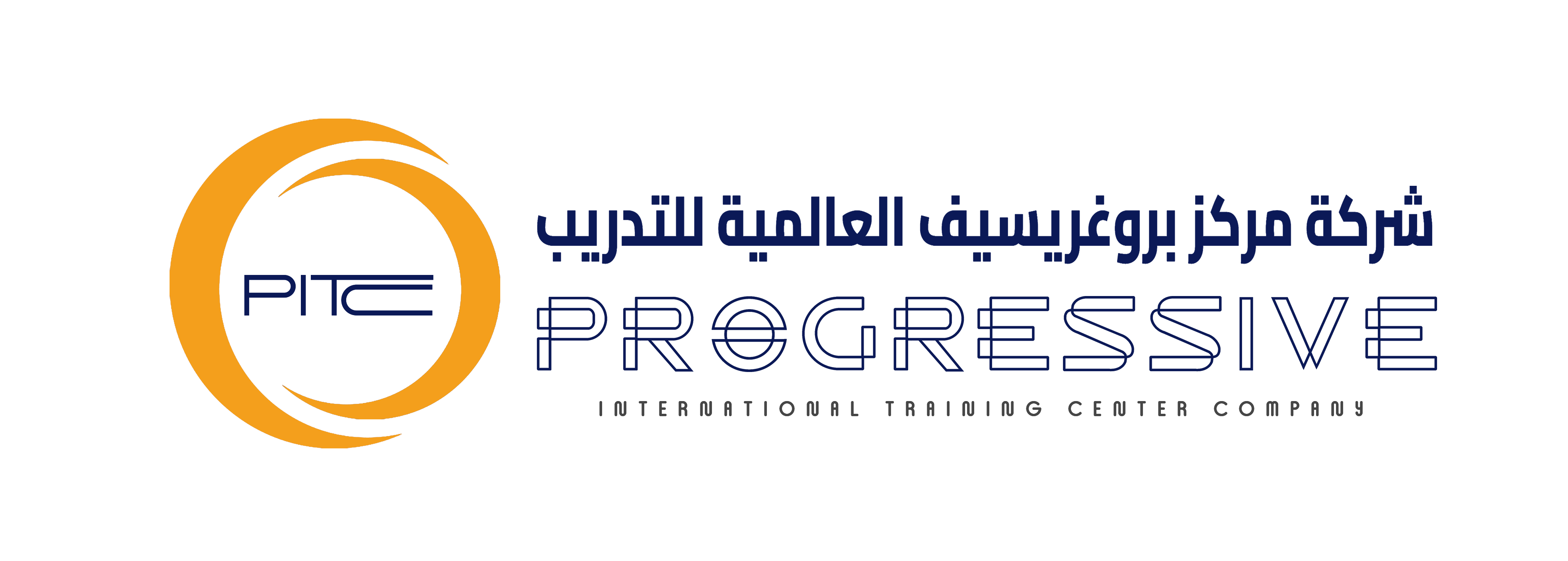Every year, countless workplace incidents underscore the critical need for clear and effective communication of potential dangers. Different signages and symbols serve as a fundamental tool for hazard communication and accident prevention in any workplace. At Progressive International Training Center (PITC KSA), we understand the paramount importance of safety and believe that effective communication through safety signs is crucial for preventing injuries and fatalities by clearly indicating safety hazards signs. This article will explore why safety signs are essential for reducing workplace accidents through effective safety hazard signage, ensuring compliance with work safety signs and meanings, fostering a culture of safety awareness, and providing vital information through recognizable workplace symbols. We will delve into the different types of safety signages and the hazard signs and their meaning that are vital for a safe working environment.
The Fundamental Importance of Safety Signs in the Workplace
The presence of safety signs at work goes beyond mere suggestion; it’s a cornerstone of workplace safety. Displaying the correct workplace safety sign and understanding health and safety signs meanings are often legal and regulatory requirements. Universal safety signs and universal safety symbols transcend language barriers, conveying critical information visually. Consistent use of signage and symbols reinforces a proactive safety mindset regarding potential workplace hazards signs among all personnel. Furthermore, proper safety signage and their meanings plays a crucial role in mitigating liability in the event of accidents related to hazard signs workplace.
Decoding the Categories: Different Types of Safety Signs and Symbols
Understanding the safety sign categories is essential for interpreting the messages they convey. Here’s a breakdown of the main types:
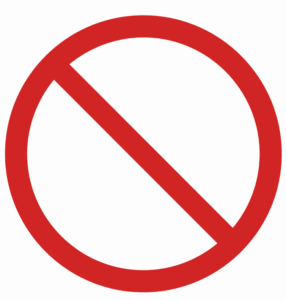
Prohibition Signs: These type of safety signs indicate actions that are not allowed to prevent safety hazards. Characterized by a red circle with a diagonal red bar over a black symbol on a white background (safety signs and symbols), examples include “No Smoking,” “Do Not Enter,” and “Do Not Operate Without Authorization” (symbols in the workplace).
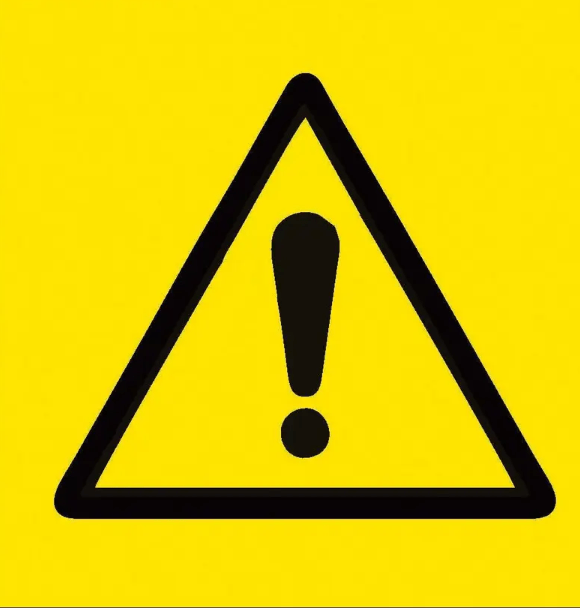
Warning Signs: Alerting to potential hazards or dangerous conditions (signs for hazards), these safety symbols signs feature a yellow equilateral triangle with a black border and a black symbol. Examples include “Caution: Slippery Surface” (types of caution signs), “Warning: High Voltage” (types of warning signs), and general hazard signs like “Risk of Fire” or “Beware of Forklifts,” all conveying hazard and safety symbols.
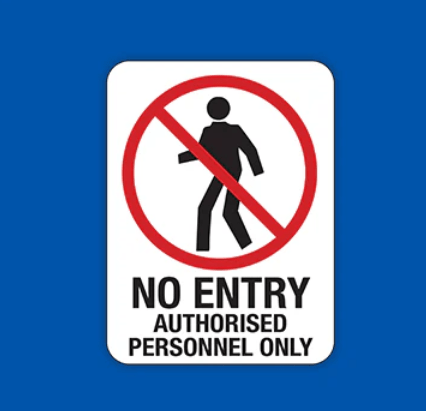
Mandatory Signs: These work health and safety symbols indicate actions that must be taken for health and safety. They are represented by a blue circle with a white symbol (workplace health and safety symbols), such as “Eye Protection Must Be Worn” and “Wear Safety Shoes,” crucial for work safety.
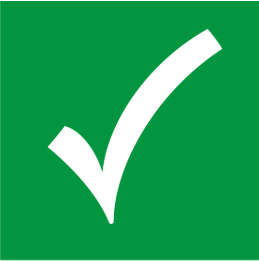
Safe Condition Signs: Indicating the location of safety equipment, first aid, or emergency exits (safety signs for work), these safety signs and symbols in the workplace are green rectangles or squares with a white symbol, such as “First Aid Station” and “Emergency Exit.”
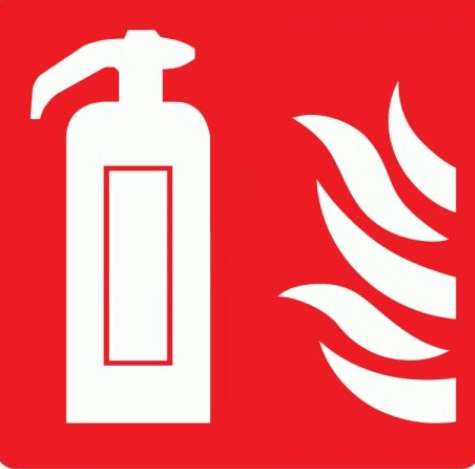
Fire Safety Signs: These red rectangles or squares with white symbols clearly mark the location of fire-fighting equipment like “Fire Extinguisher” and “Fire Alarm.”
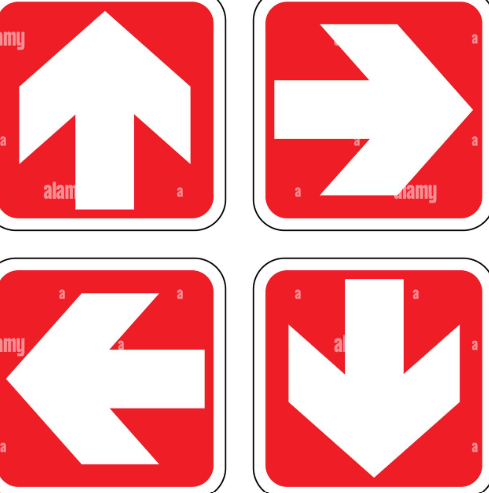
Supplementary/Information Signs: Providing additional instructions related to safety, these signage and their meaning can come in various colors with text and/or symbols, such as “Assembly Point” or directional arrows.
Best Practices for Implementing Effective Safety Signage
Effective implementation of different types of safety signs involves strategic placement where they are easily visible and relevant to the potential hazard. Regular inspection and maintenance are crucial to ensure safety hazard signs and symbols remain clean and legible. Utilizing standardized universal safety symbols ensures consistent understanding. Comprehensive employee training and a strong sense of safety sign awareness, ensuring everyone understands their meanings, are paramount. Regularly reviewing and updating workplace safety signs and meanings is also essential to reflect any changes in the workplace.
Conclusion
Understanding the importance and the different signages and symbols of safety signs is fundamental to creating a safe and productive workplace. Recognizing the various safety sign categories and their specific meanings, from prohibitive actions to mandatory requirements and hazard warnings, empowers individuals to make informed decisions and take necessary precautions. Progressive International Training Center (PITC KSA) is your right choice to analyze your workplace safety needs and provide the best suggestions and solutions for effective safety signage and training. By prioritizing clear and consistent safety signage, you invest in the well-being of your workforce and contribute to a safer working environment for everyone.
